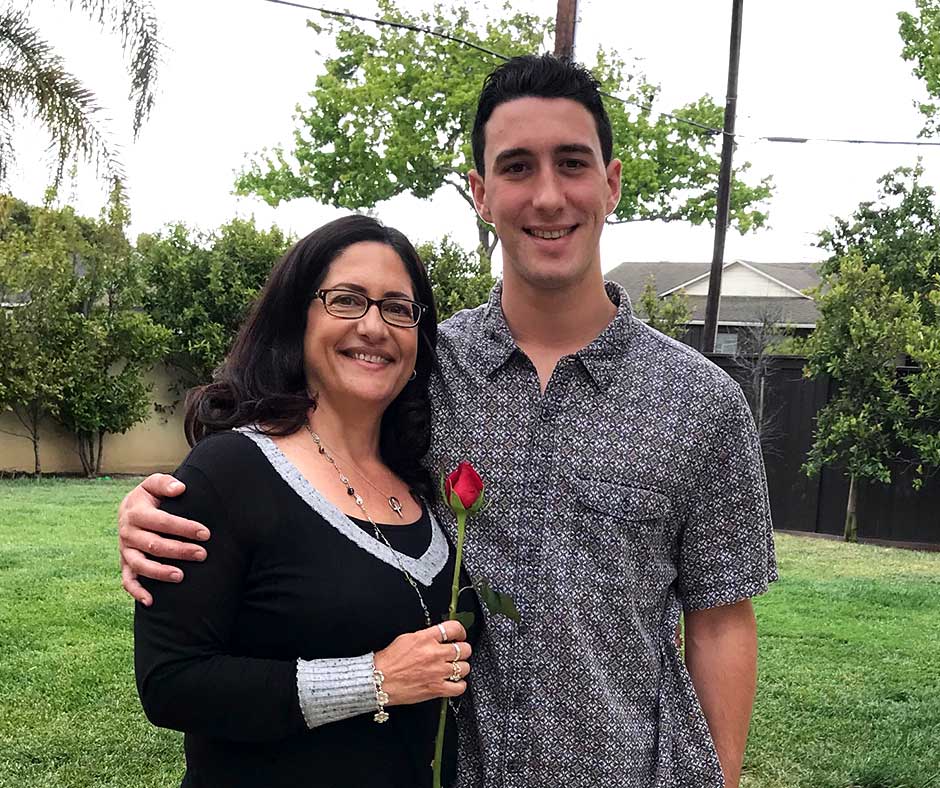America’s painkiller addiction is big enough to prompt a number of new studies on how many more Americans use them than tobacco. The numbers are pretty startling when you begin to look at the data. The Washington Post recently published a powerful piece that breaks the study down by the numbers. The original study, conducted by SAMHSA, is available openly here. Let’s take a look at some of the more alarming realities of American painkiller consumption and what it all means.
More Americans Use Opiate Painkillers Than Tobacco
The SAMHSA study found that in 2015, 38% of the adult American population used prescription painkillers, while only 31% used tobacco. To put this in perspective, that is over a third of the entire population of the United States. That number also doesn’t take into account the many individuals who would not report on their intake of painkillers. Many addicts won’t participate in a study or a survey of this kind and as a result, the numbers will come across as lower than they actually are.
While some of the individuals falling into this category are patients with chronic pain or who have recently undergone invasive surgery, the fact that the percentage is so high is alarming. One third of the United States population definitely did not just undergo a major surgical procedure – so why is it that so many people are being prescribed these types of drugs? While Tobacco is a deadly habit as well, prescription opiate painkillers, even those that are legitimately prescribed, are powerfully addictive and have been responsible for many cases where otherwise non-addicted individuals will develop an addiction as a result of prolonged exposure. This is not to mention the supply of unused painkillers that this level of prescribing leaves on the market. With such an enormous amount of these drugs finding their way into the general public, it is only natural that many of them will make their way to the black market.
Putting Prescription Painkiller Deaths in Perspective
The statistics surrounding prescription painkiller overdoses is alarming as well. The number of individuals who died from a prescription painkiller overdose in 2014 was 19,000. In contrast, there were about 16,000 homicides that year. This disproportionately large number of deaths is a direct result of the number of prescriptions that are being given out. With one third of the population taking prescription opiates, potentially fatal medications, the possibility of death is an unfortunate reality.
America has some of the highest rates then, not just of painkiller consumption, but also of prescription painkiller abuse and fatality as a result of that abuse. Recognizing this aspect of the epidemic is important – heroin and fentanyl are not the only killers when it comes to America’s opiate problem.
American Painkiller Use Compared to Other Countries
Another good way to frame the problem is by looking at how much of the world’s supply of opiates is consumed by Americans. A recent study concluded that Americans actually consume 80% of the world’s opiate supply. Eighty Percent! Even including medical use of the drugs, why is it that such a disproportionate amount of opiates are used by Americans? Aren’t surgical procedures being performed in other countries? Doesn’t chronic pain exist internationally? The statistics point instead to a larger problem that has more to do with how and why opiates are prescribed in the first place. Take Hydrocodone for example – the same study concluded that 99% of the world’s hydrocodone supply is consumed in America. Hydrocodone is the drug inside of Vicodin and Norco, popular prescription opiates for abuse by high school-aged kids and young adults.
How is it that America has found itself in a position to use this quantity of opiates in the first place?
Pharmaceutical Marketing
With the scandal surrounding Oxycontin and Purdue, Americans got a glimpse into the dark world of painkiller marketing, kickbacks, and blatant disregard for public welfare. Unfortunately, the problem doesn’t stop with one company. The Center for Public Integrity conducted a recent study into spending by pro-painkiller groups, largely comprised of drug manufacturers, that found their spending to be 200 to 1 in comparison with groups seeking more guidelines and regulations. So while Purdue may have admitted to criminal behavior, there are many more companies out there with an agenda that in their eyes trumps public health. With the number of opiate deaths rising and prescription drugs comprising the majority of those fatalities, this is a scary prospect to be faced with.
Painkiller Addiction Starts With Prescriptions
Understanding the connection between prescription painkiller addiction and the problem with street opiate addiction is important. Many addicts begin their journey with prescription painkillers because of how widely available the drugs are. As a result, there is less of a stigma surrounding their abuse. High school students don’t perceive someone taking prescription narcotics the same way that they do someone using heroin. The problem is that the journey from prescription drugs to street drugs is a quick one. We recently released a video that details the progression the disease can take.
While the problem is widespread, the first step is educating ourselves to the reality of what these drugs do. America’s love affair with prescription opiates will only get worse until a focus is placed on why these drugs are being dispersed so freely and how we can help those addicted to them recover.
Last Updated on September 11, 2024

